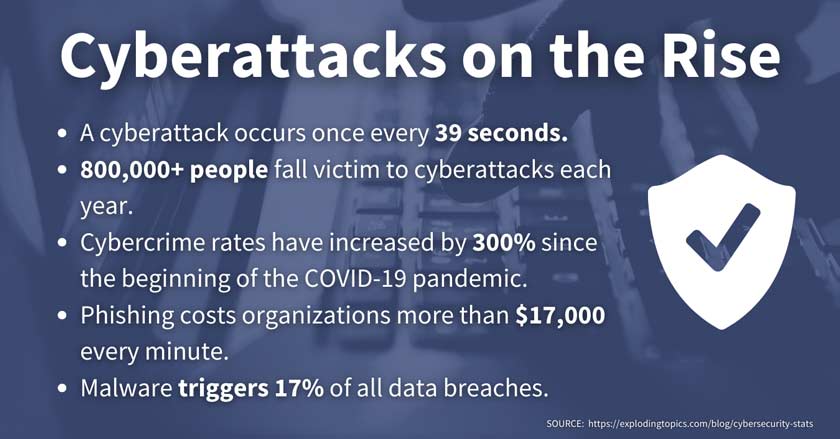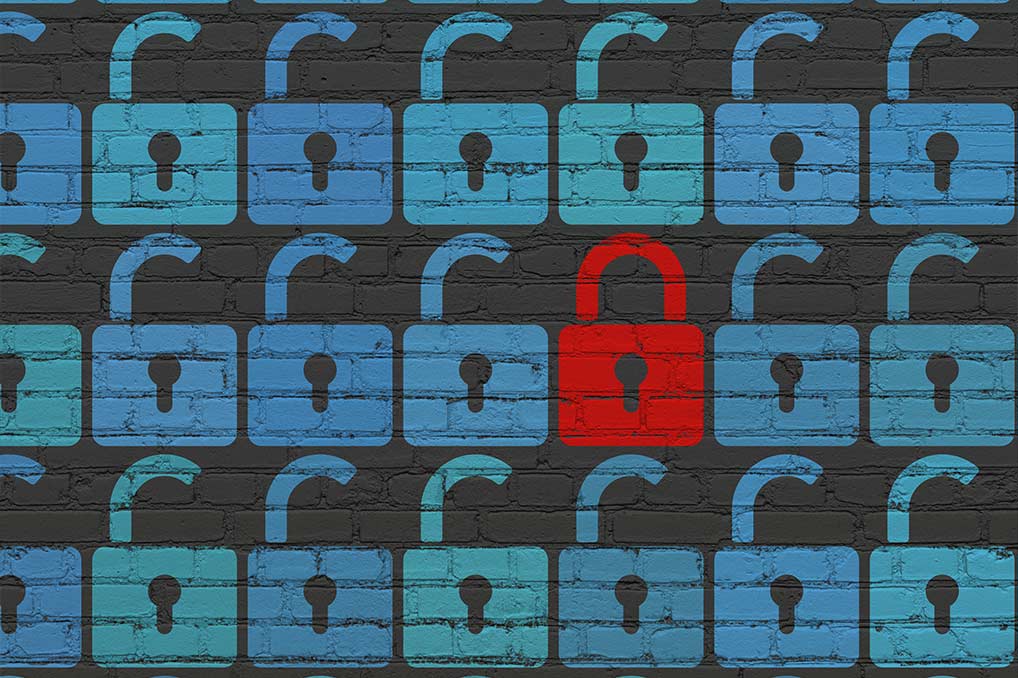The first annual Cybersecurity Awareness Month (Off-site) was declared in October 2004 to raise awareness about cyberthreats, as well as the actions organizations and individuals can take to improve their online safety. However, it was more than 50 years ago (Off-site) that a non-regulatory federal agency, NIST, began to offer cybersecurity research and guidance to industry, other government entities and academia.
Despite decades of extraordinary progress in advancing online security, cyberattacks continue to grow in number and scope. Why? Fraud is lucrative for both domestic and international criminals (Off-site). Today, we rely on a large number of complex, interconnected systems and software applications with millions of lines of code that must be defended. We get tricked by fraud tactics, such as phishing (Off-site), where a fraudster tricks the recipient by pretending to be a legitimate business in an email or phone call. We tend to re-use passwords and/or rely on personally identifiable information, such as a Social Security number, that easily can be stolen through data breaches or malicious software otherwise known as malware (Off-site). And we don’t always report scams (Off-site), allowing the fraud to be repeated.

Cyberattacks on the rise
- A cyberattack occurs once every 39 seconds.
- 800,000+ people fall victim to cyberattacks each year.
- Cybercrime rates have increased by 300% since the beginning of the COVID-19 pandemic.
- Phishing costs organizations more than $17,000 every minute.
- Malware triggers 17% of all data breaches.
Federal Reserve Financial Services works to stay ahead of continually evolving threats to the electronic payment system. For example, FedLine® Solutions benefits from numerous embedded security features to safeguard organizations’ direct access to FedACH® Services, Fedwire® Services, FedCash® Services and other electronic payment and information solutions offered by the Federal Reserve.
Your organization plays a vital role in safeguarding the payment messages and information that are transmitted over FedLine Solutions. This includes:
- Compliance with Operating Circular 5
- Securely storing your FedLine token
- Timely updates to FedLine software and hardware
- Notifying the Federal Reserve’s customer support area of any unusual account activity or security incidents that could impact your FedLine connection
For your organization to prepare for, respond to and mitigate the impact of cyberattacks, we encourage you to review advice from the U.S. Department of Homeland Security Cybersecurity and Infrastructure Agency (CISA) (Off-site). These tips can help keep your organization’s systems and FedLine Solutions secure.

